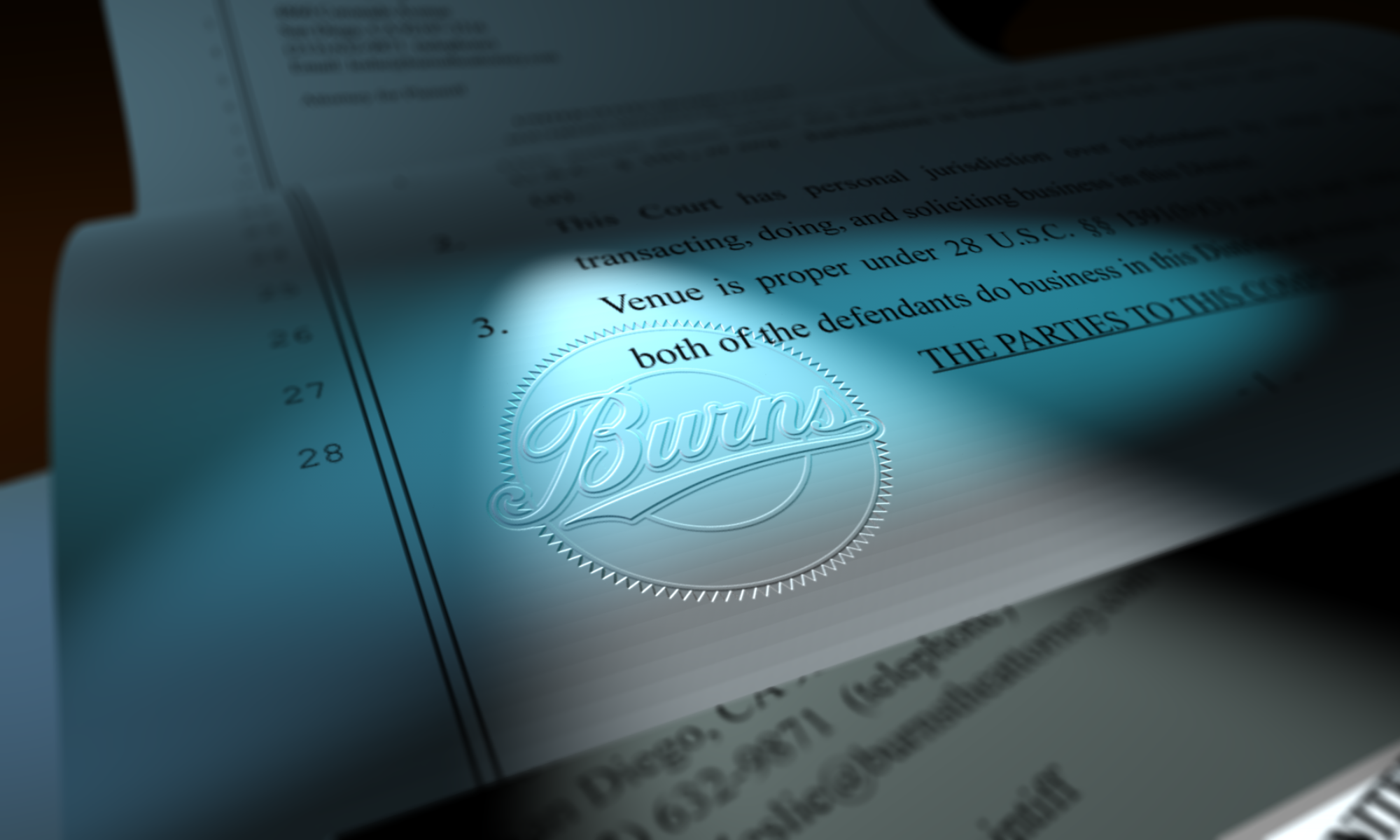Yesterday my architect-husband was asked to review/critique student projects at a local architecture school here. These were second-year students and the assignment was to write a poem then to design a meditation space based on that poem (btw, he had nothing to do with assigning that–he just reviewed the results). The students were to present 3 rough models (architectural equivalent of sketches pretty much) then, as in all critiques, to explain/defend their work.
This was clearly an assignment about recognizing and developing a concept. In other words, it was about the process, not the resulting product. Unfortunately, many of the students didn’t get it and they tried instead to get the “right” answer, only one, and then forced it into the conceptual parameters linguistically (and they kinda sucked at that, too). Some of them made structurally sound “boxes” they plunked onto a site with no reason, others used materials without thought (“because I like marble”). They didn’t see that they needed to find their project concept and find different ways of expressing that concept, even if in the end it wouldn’t work in the real world (these were sketches, after all).
Now, I could go into how parenting and the educational system has failed these kids so that they don’t understand the very idea that there is no right answer and that not everything is laudable just because you did something (“Good Job, Johnny, way to spread poop on the walls!”), but that is a discussion for another forum. Instead, what I want to point out is that many of my clients have similar or related problems…thinking conceptually, I mean, and understanding that it is the process that is most important, not getting the right answer.
Here’s a way to remind yourself of the importance of the process: go find an image in a publication that really inspires you. Now recreate the concept expressed by that image, but do it your own way. Oh, and you have to do it using something other than your usual medium. If you’re a photographer, no camera. Draw, make music, write words, sculpt, dance, whatever–just do not use your usual tools. Have fun, explore, play, curse, swear, sweat, giggle, be goofy, break the barriers you put on yourself, and do not worry about the final product.
What you will end up with is something not (probably) at the professional level for an artist of that medium. Maybe you’ll use Pla-Doh and sculpt something that to an outsider looks like a brightly colored lumpy pile–that’s just fine. The end-product really doesn’t matter. It’s all about how you think through the problem. By forcing yourself to use tools other than your usual ones, you are taking the importance of the result away and refocusing on the thinking part of your job.
And that thinking part is what will separate you from the herd.
